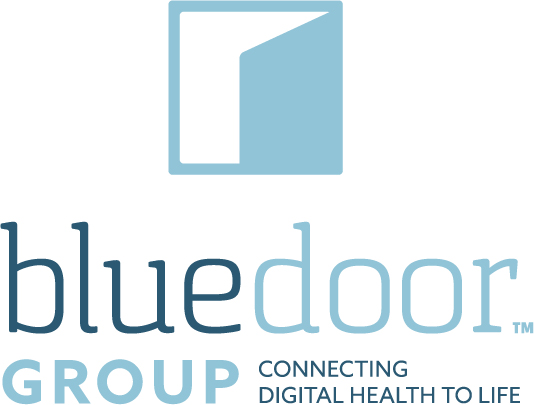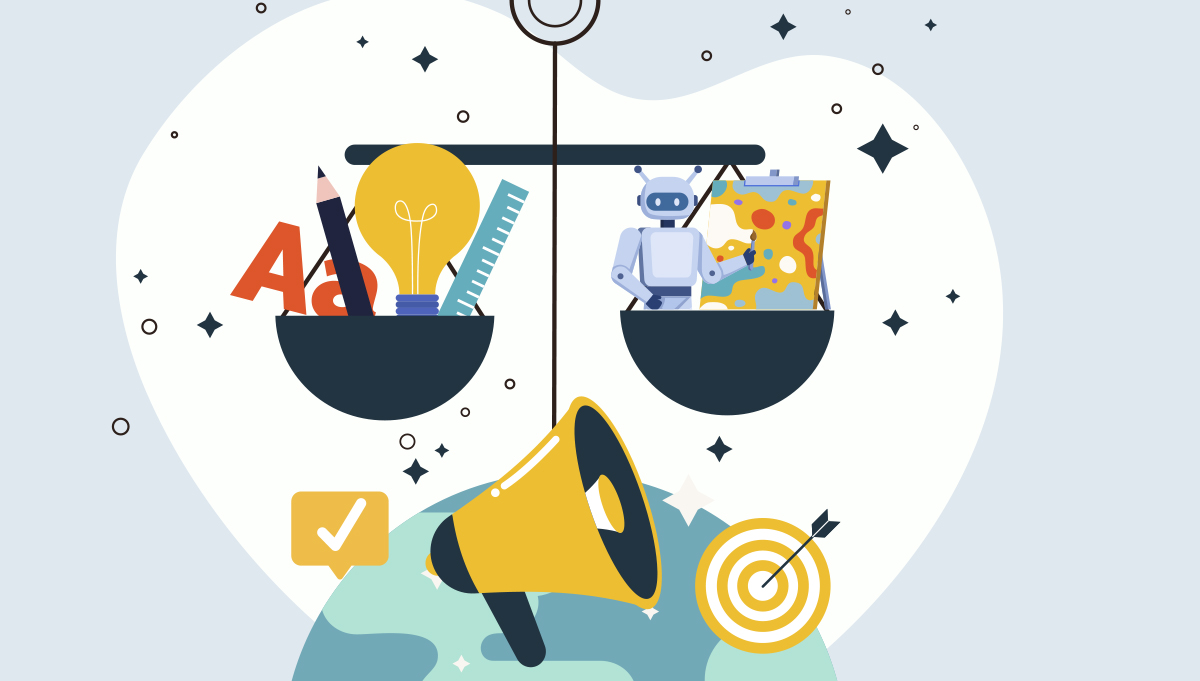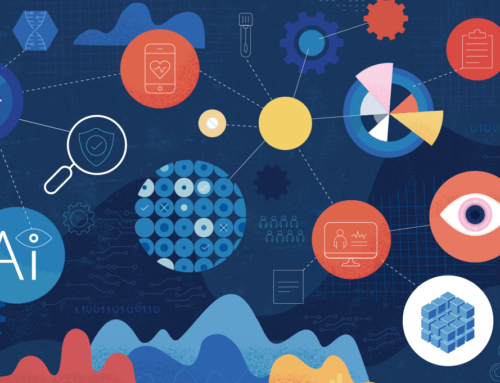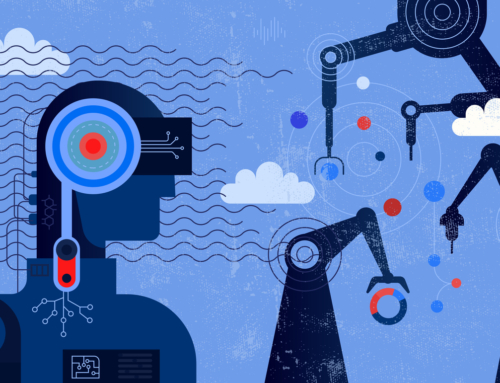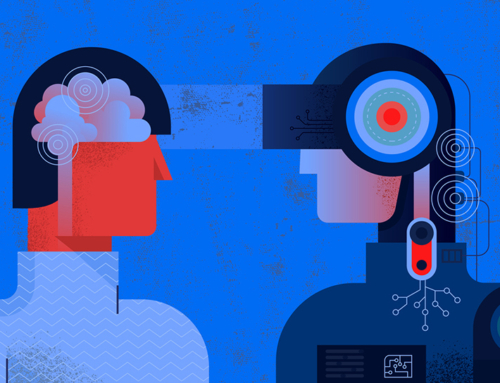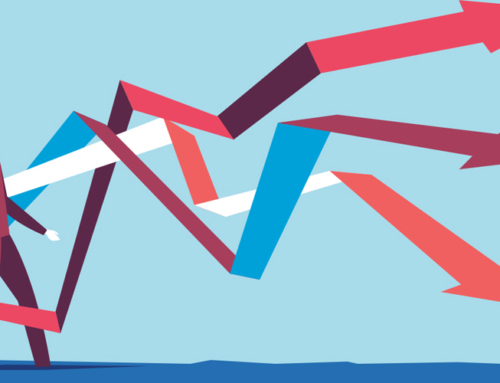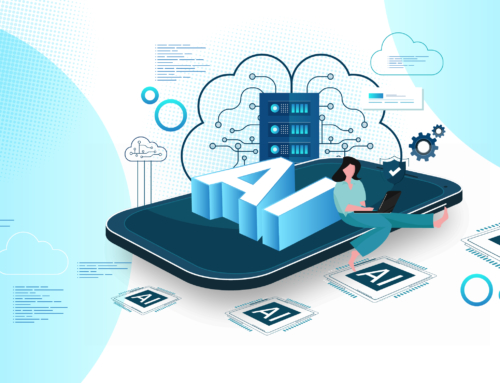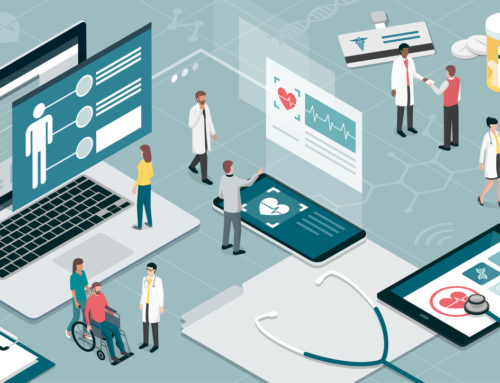When you ask an Artificial Intelligence (AI) chatbot, like ChatGPT or DeepSeek, why the human element of design and creativity is important, you get a well-structured – albeit robotic – answer about empathy, lived experience, ethical implications, etc. But the truth is, the impact of humans on design and creative is not so simple – or tidy. The seismic shift of computational thinking and power bestowed by AI applications is not unique to college students trying to squeeze out an essay at 11:59 PM or rewriting the Declaration of Independence in slang. AI is everywhere and has transformed how we live, learn, and work. It is no longer a trend; it is deeply woven into the fabric of daily life. It can automate painstaking, repetitive tasks and uncover insights in massive datasets – it has become the Robin to the Batman of education, work, and even personal creativity. Yet, as its capabilities become more known, it is critical to stay aware of the magic that occurs at the convergence of AI’s power and the unique proclivities of human creativity.
Recent AI developments have highlighted both its advancements and limitations. Researchers at the Center for AI Safety and Scale AI have created “Humanity’s Last Exam,” a rigorous test designed to determine if AI systems have achieved artificial general intelligence – AI that matches or surpasses human cognitive capabilities. The test featured complex questions from fields like analytic philosophy and rocket engineering. The results? Top models scored an abysmal 8.3%, showing that while AI is powerful, it’s far from rivaling human intelligence. Yet, experts believe these systems will improve rapidly due to AI’s inherent capacity for self-improvement, with predictions of scores exceeding 50% within a year. It’s a glimpse into a future where AI could be an even more formidable tool – but also a reminder of what sets humans apart.
The implications of AI’s limitations extend far beyond creative industries. In digital health, AI is already revolutionizing diagnostics, medical imaging, and personalized treatment plans. However, just as AI struggles with contextual understanding in design, it also faces challenges in healthcare – such as interpreting ambiguous symptoms, understanding social determinants of health, or making ethical decisions. While AI can assist in scanning millions of medical records to detect patterns, it takes human expertise to determine whether a given treatment is truly right for an individual patient based on a multitude of factors. This underscores why the balance of AI and human creativity is not just a philosophical discussion, but a practical necessity in fields where precision and empathy are equally critical.
One of the most pressing concerns in AI-driven creativity is the loss of control over brand identity. As Rosie Fitzgerrel, a Senior Designer at Bluedoor explains, “I recently tried out a video AI tool and found it to be extremely frustrating, which aligns with my experience using AI to modify photography. As designers, maintaining creative control over our work and the brand we’re creating is imperative. Brand guideline books can be hundreds of pages long, detailing colors, photography, typography, and tone of voice to ensure consistency and maintain brand integrity. When AI is utilized to create videos or artwork, brands are handing over that visual control to a machine that doesn’t know their market or their goals. Something invariably gets lost in translation.”
“I think most of us scroll past AI-generated artwork, and as a brand, you wouldn’t want potential customers to scroll past you. AI models are trained in art and design, which already exist in the world, so they are not going to generate a unique visual style. It can’t really use ‘inspiration’ – it just copies. Though I, a human being, have also seen many pieces of art and design over the years, I can harness that inspiration to create a visual language that synchronizes with a brand’s objectives and puts something new and unique into the world.”
Beyond technical execution, the essence of creativity is deeply human, rooted in emotional intelligence, intuition, and lived experience. As Bluedoor’s Chief Creative Officer Kevin Tugman puts it, “Consider the role of lived experience in design. When a designer approaches a project, they bring their entire life history – their cultural background, emotional experiences, and understanding of human behavior. This forms what we call ’emotional intelligence’ in design, allowing creators to anticipate and respond to human needs in ways that machines, despite their computational power, cannot replicate.”
“Another critical aspect is what I call ‘productive irrationality.’ Throughout design history, some of the most groundbreaking innovations have emerged from seemingly illogical creative leaps. Consider the revolutionary work of Paula Scher or David Carson – their deliberate breaking of typographic rules transformed design language. While AI excels at pattern recognition and optimization, it struggles with this kind of intentional rule-breaking that often leads to revolutionary design solutions.”
AI is already transforming healthcare and life sciences. Students can use AI tools for medical research, diagnosing case studies, and simulating biological processes, while professionals rely on AI for imaging analysis and drug discovery. For example, a medical student can use an AI tool to interpret complex radiology scans step by step, and a researcher can analyze vast genomic datasets swiftly. Despite these capabilities, AI often lacks context, nuance, and common sense – this is where the human element becomes not just important, but essential.
The creation of tools like “Humanity’s Last Exam” exemplifies the synergy between human oversight and AI capabilities. Experts from diverse fields refine questions when AI systems fail, ensuring clarity and accessibility. This process underscores how human oversight enhances AI’s effectiveness. When you hear from the designers behind such efforts, their passion for creating tools that align with human values and real-world impact shines through. They emphasize that designing AI isn’t just about pushing boundaries but ensuring these systems serve meaningful purposes.
As AI continues to evolve, the focus must remain on collaboration rather than competition between humans and machines. AI excels at processing information and generating outputs, but humans bring creativity, empathy, and ethical judgment. For instance, educational AI tools must support diverse learning styles, and workplace AI must avoid perpetuating biases. These considerations require human input at every stage of development – often referred to as “human in the loop” – with the best solutions born from the synergy of human ingenuity and AI’s computational strength.
At its core, human beings captain the ship while AI is a supercharged assistant that amplifies our abilities, but the direction it takes depends on us. Whether it is helping a teacher create personalized lesson plans or assisting a doctor in diagnosing rare diseases, AI’s true power lies in its partnership with humans. By leveraging AI as a tool, we can address our weaknesses while amplifying our strengths, creating solutions that are innovative and next-gen, yet deeply human.
The potential for AI is vast, but its impact will always depend on how we choose to use it. As we stand on the cusp of a new era which we have coined “Autosapiens,” let’s keep the human element front and center. The most transformative innovations come not from AI alone but from its integration with human creativity, empathy, and purpose. As our creative team states, “Design is inherently contextual and culturally embedded. As creatives, we need to navigate complex social, cultural, and ethical implications that may not be immediately apparent in data or metrics. This requires a nuanced understanding of human psychology and social dynamics that AI, in its current form, cannot fully grasp.”
At Bluedoor, we believe that human-powered creative intelligence can be supported – but not supplanted – by AI. As a human-centered design agency, we embrace AI as a tool while recognizing the unmatched power of human creativity. In digital health, this means ensuring AI enhances, rather than replaces, human care, decision-making, and innovation. If you’re working at the intersection of AI and healthcare and want to explore how we can build impactful, human-centric solutions together, reach out to us at imagine@bluedoor.us.
